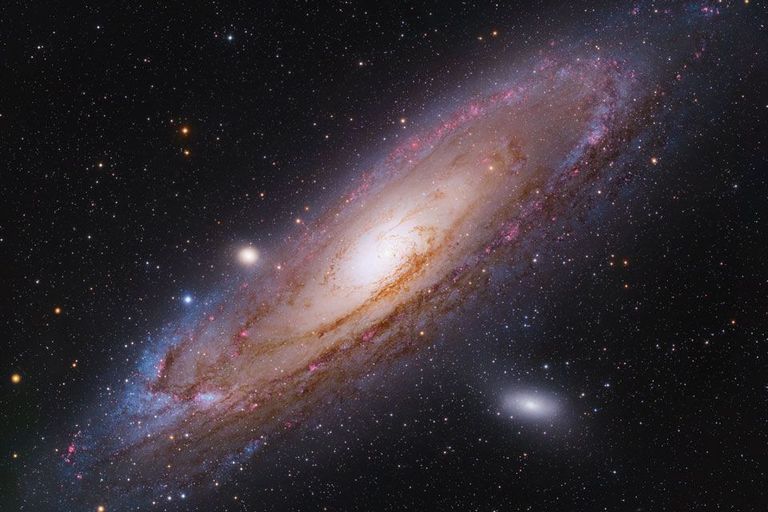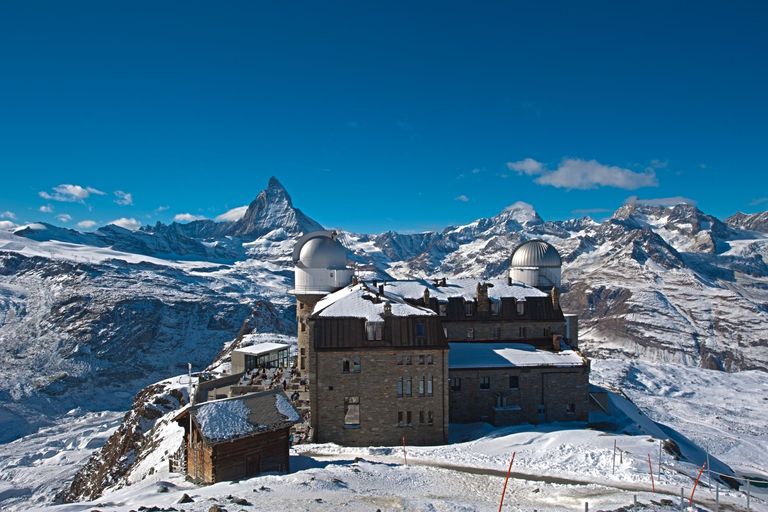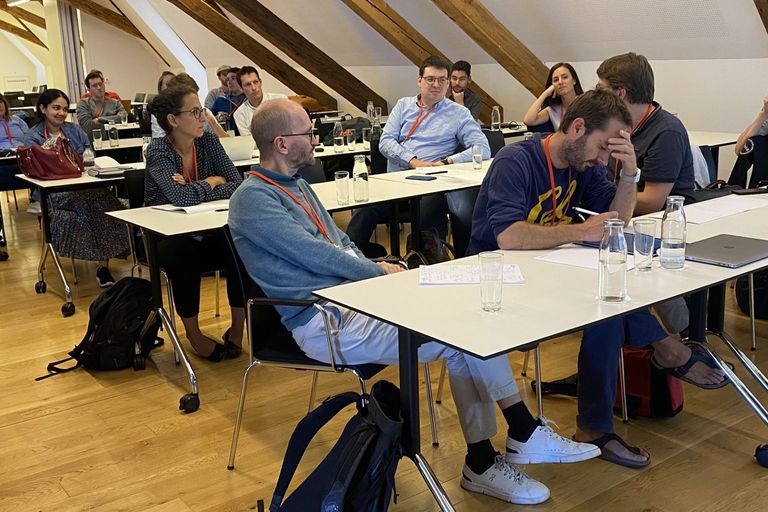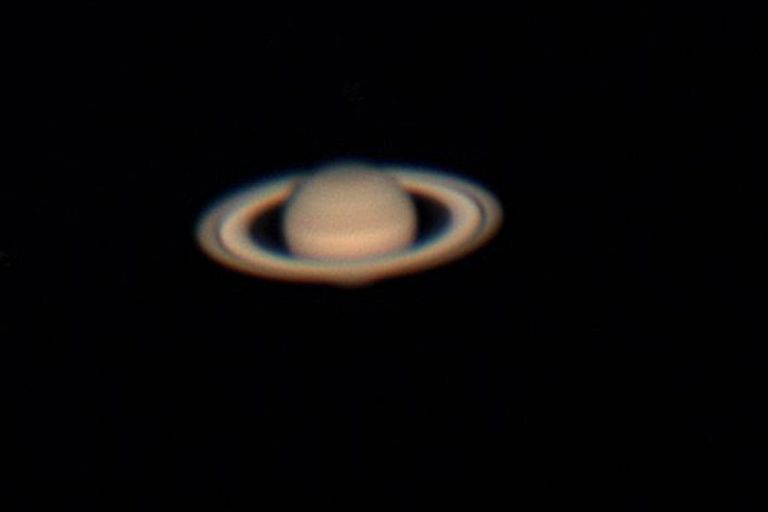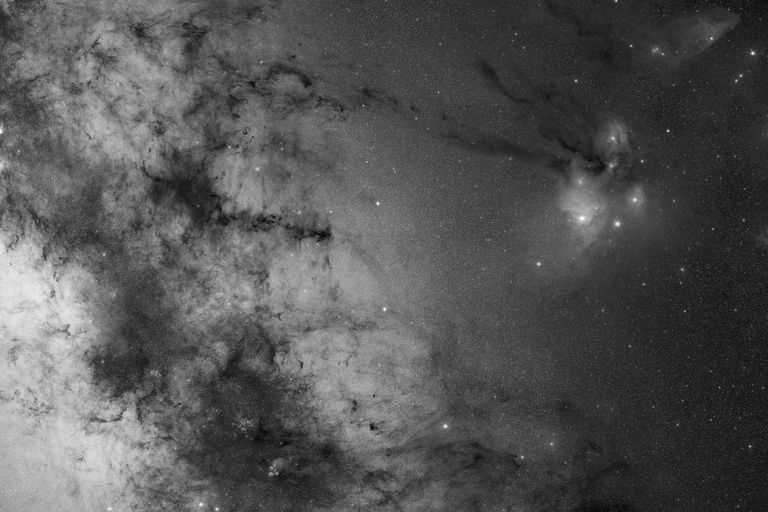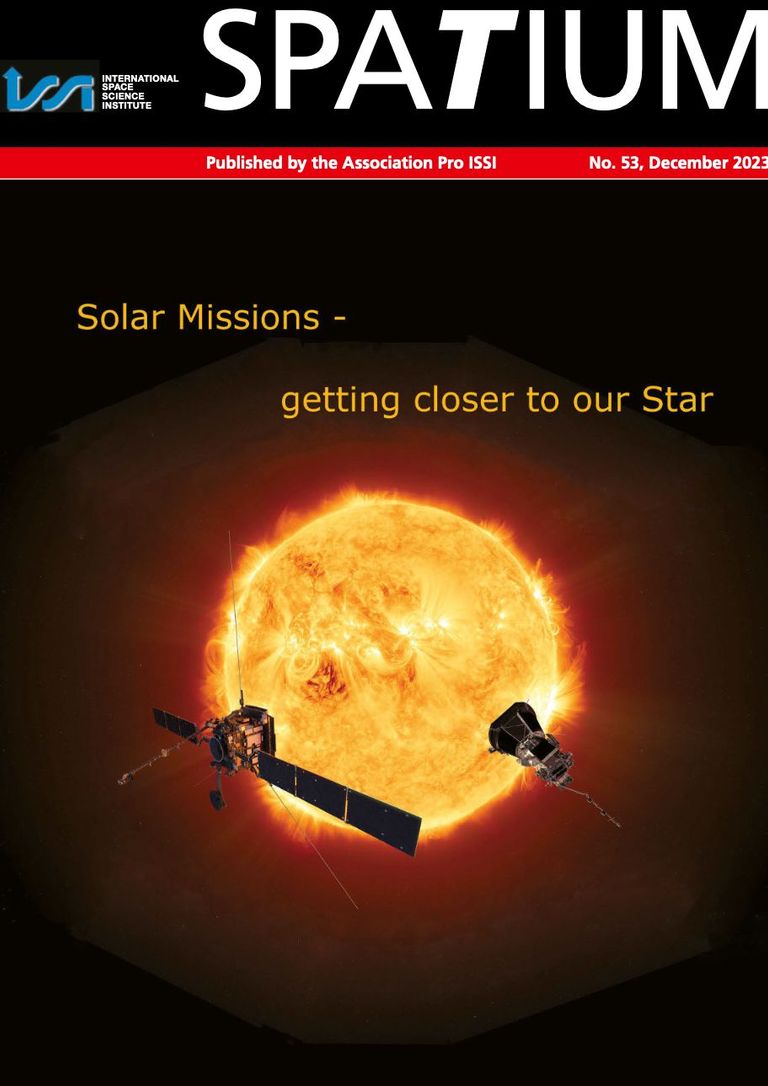Notizie
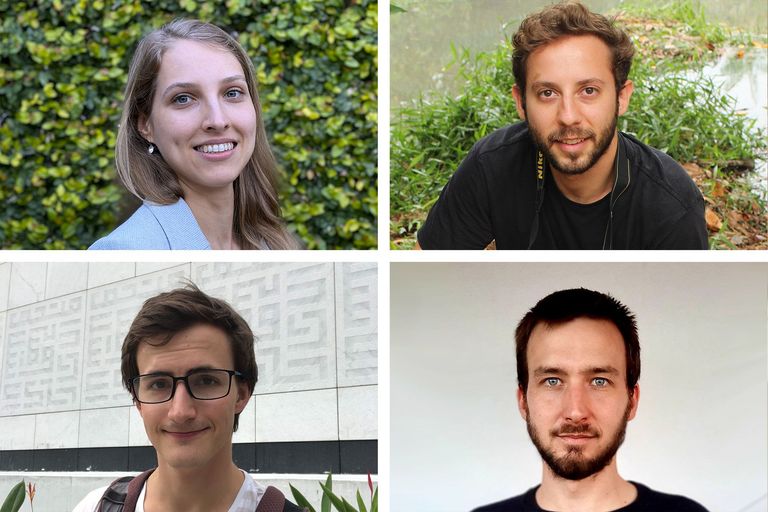
Prix Schläfli 2024 award for the four best dissertations in natural sciences
Julia Reisenbauer (Chemistry), Jonathan Gruber (Mathematics), Gabriel Jorgewich-Cohen (Biology) and Gilles Antoniazza (Geosciences) were honoured with the Prix Schläfli 2024 for findings made in the context of their dissertations. Through this prize, the Swiss Academy of Sciences (SCNAT) singles out the four most significant insights of young researchers at Swiss universities. The Prix Schläfli has been awarded since 1866.
Immagine: SCNAT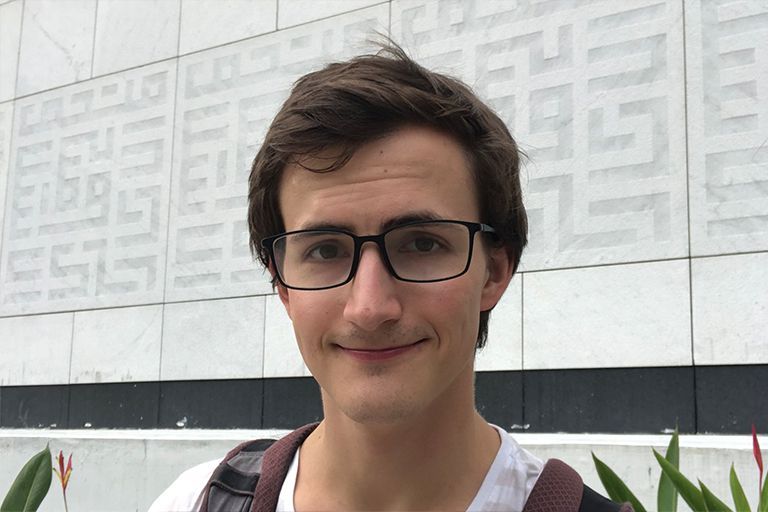
Jonathan Gruber splits high-dimensional objects
Prix Schläfli 2024 Mathematics: Jonathan Gruber's dissertation has even pushed his supervisor to the limits of her expertise: he breaks multi-dimensional objects down into coordinates, thus earning him the highest acclaim from the mathematical world – as well as the Prix Schläfli Mathematics 2024.
Immagine: Phyllis Kai Ling Brown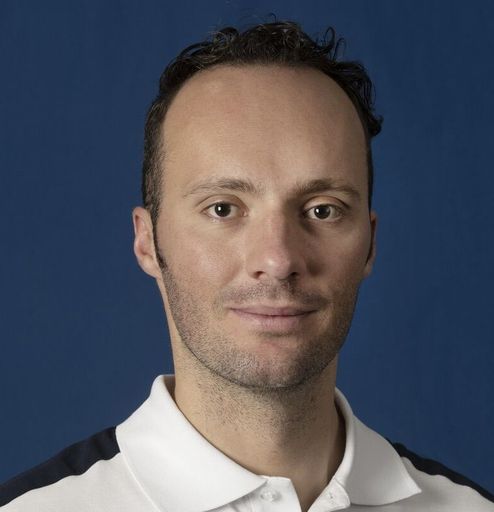
Le Bernois Marco Sieber devient officiellement astronaute à l’ESA
La Suisse a de nouveau un astronaute à part entière. Marco Siebers a été admis dans le corps des astronautes de l'Agence spatiale européenne (ESA) à l'issue de sa formation initiale d'astronaute.
Immagine: ESA - P. Sebirot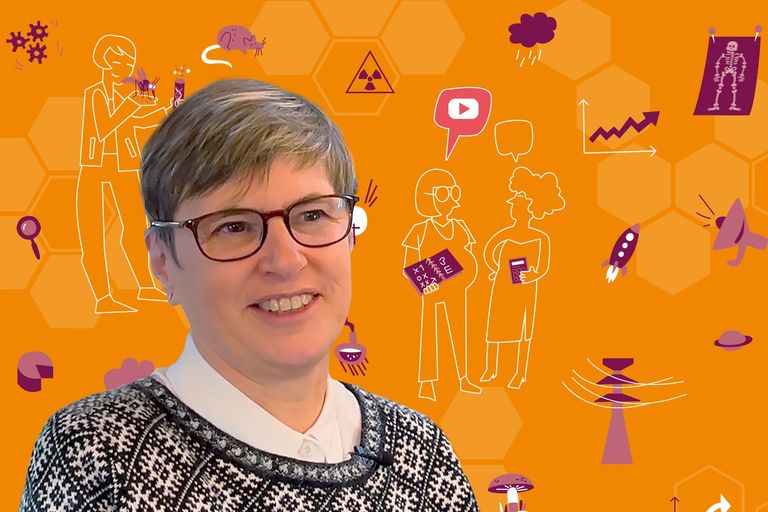
A physicist is shaping the world of patents
To work as a patent attorney, you need a technical degree. The profession mainly requires scientific expertise, as the example of Martina Nieswand shows: she studied theoretical physics before joining a large patent law firm in Eastern Switzerland.
Immagine: Benedikt Vogel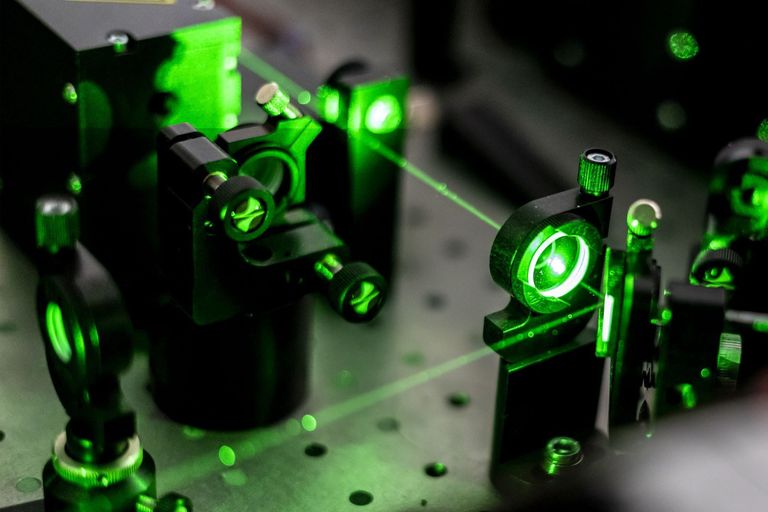
Young Physicists Forum 2024
The 2024 edition of the Young physicists Forum will focus on "Ultra Fast Laser Physics"
Immagine: YPF
Anna Fontcuberta is appointed new President of EPFL
On March 27 the Swiss Federal Council appointed Anna Fontcuberta i Morral as new President of EPFL. Fontcuberta is also a member of the Swiss Quantum Commission, which is part of SCNAT's Platform MAP.
Immagine: 2024 EPFL / Nicolas Righetti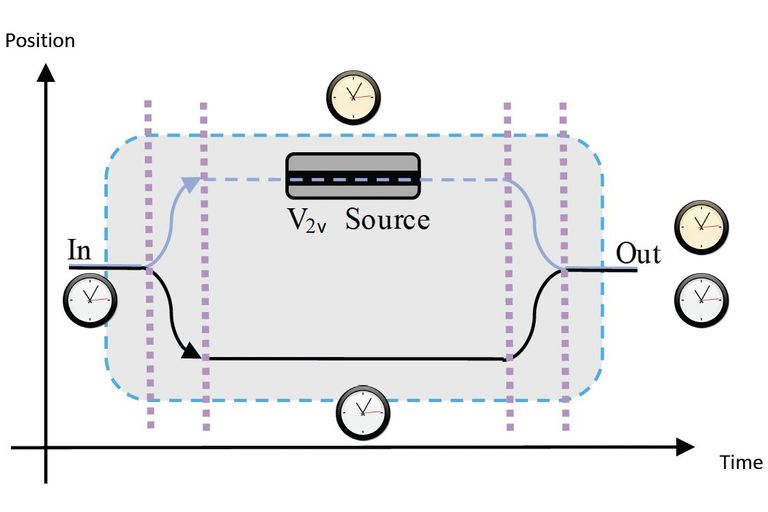
Neutrino o’clock
Proposed experiment to measure the neutrino mass with the help of atomic clock technology
Immagine: Federico Sanchez, U. Geneva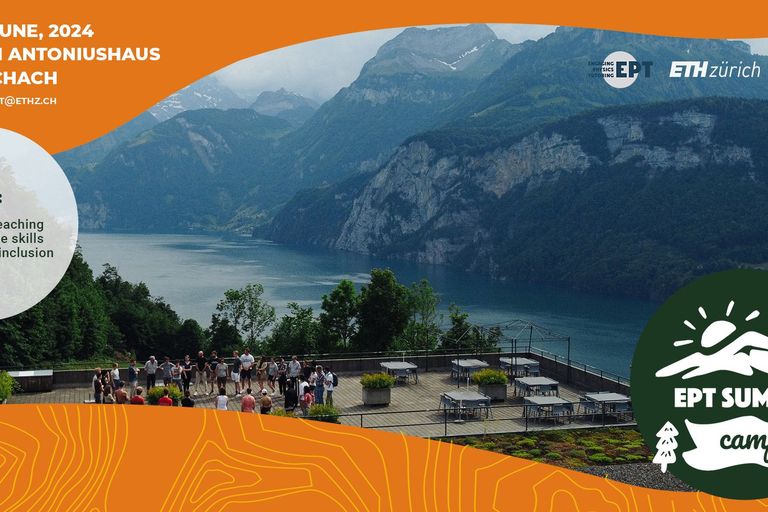
Engaging Physics Tutoring 2024 - final call for registration until 31 March
EPT summer camp is an event for PhD students and postdocs in Physics. During this camp participants will cover topics of engaging teaching techniques, transferable skills, equity and inclusion. It takes place from 23-26 June 2024.
Immagine: EPThub/ETHZ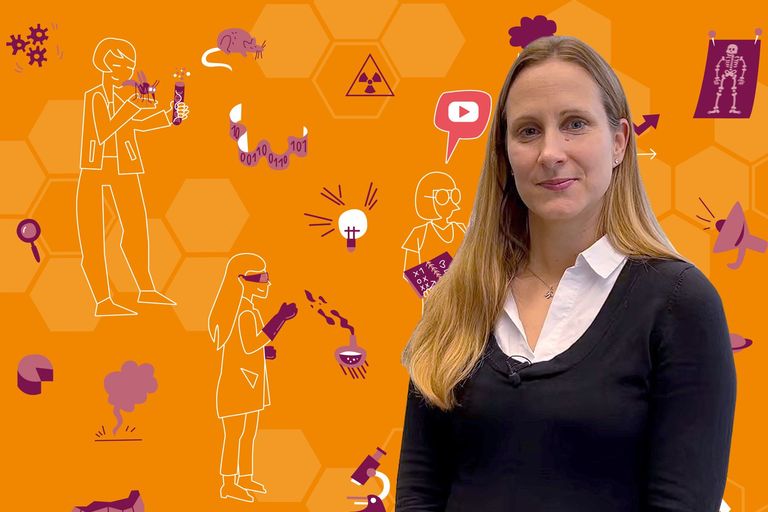
Mathematician works in radiation protection
After studying maths, experimental physics and astronomy, Cristina Poretti wanted to become a secondary school teacher. But then she ended up at the National Emergency Operations Centre. There she would coordinate radioactivity measurements to protect the population in the event of a nuclear disaster.
Immagine: Benedikt VogelLes meilleurs jeunes physiciens de Suisse
28 jeunes ont participé le week-end dernier à la finale nationale des Olympiades suisses de physique à Aarau. Cinq d'entre eux ont été récompensés par des médailles d'or. Contrairement aux années précédentes, les gagnants ne participeront pas aux Olympiades internationales de physique - d'autres aventures les attendent:
Immagine: Physik-Olympiade
